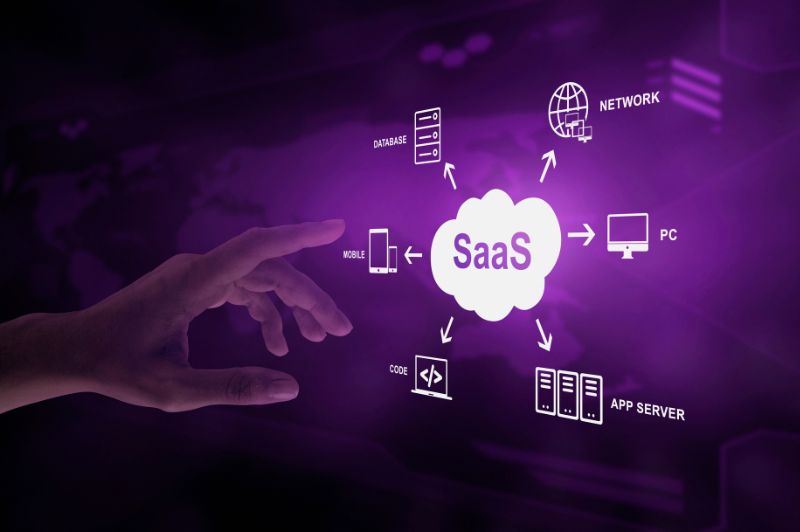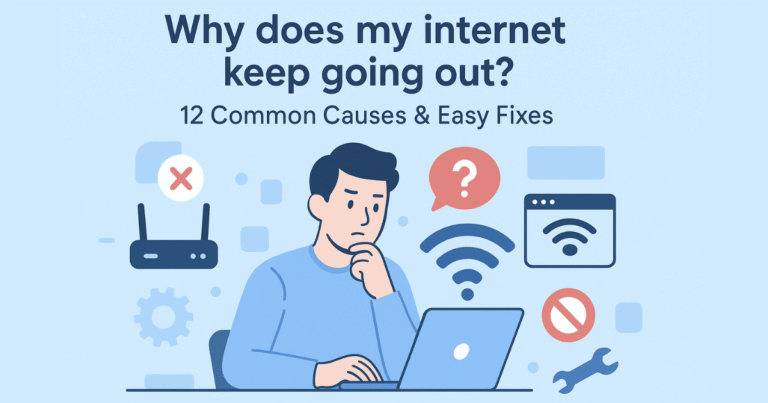AI SaaS Product Classification Criteria: A Simple Guide
In today’s fast-changing tech world, Artificial Intelligence (AI) and Software as a Service (SaaS) have teamed up to create powerful digital tools. These tools can predict, automate, analyze, and learn and they’re changing how businesses work.
But with so many tools out there, how do you know which one is right for your business?
That’s where understanding AI SaaS product classification criteria comes in. Think of it like labeling items in a grocery store everything in its right place makes it easier to pick what you need. In this guide, we’ll break it all down in simple terms so you can choose with clarity and confidence.
What Is an AI SaaS Product?
An AI SaaS product is basically a software tool that you use over the internet (like Gmail or Zoom), but it has built-in intelligence. That intelligence comes from AI technologies such as:
- Machine Learning (ML) – where the system learns from data
- Natural Language Processing (NLP) – like chatbots that understand and reply
- Computer Vision – like face recognition in your phone camera
- Generative AI – tools that create content like text or images
These products help businesses work faster, smarter, and more cost-effectively.
Why Is Classification of AI SaaS Products Important?
Let’s imagine you’re at a car dealership. Would you compare an SUV with a two-door sports car? Probably not.
In the same way, comparing two very different AI tools without classifying them is like comparing apples to oranges. Classification helps you:
- Choose the right tool for your specific needs
- Compare features and pricing more easily
- Avoid security risks or regulatory problems
- Understand what you’re paying for
Core AI SaaS Product Classification Criteria
Let’s now walk through the key criteria used to classify AI SaaS products—with examples and tips along the way.
1. Business Function
This is the most practical way to classify tools. Ask: What does the software actually do?
| Function | Example Tools | Use Case |
|---|---|---|
| Marketing & Sales AI SaaS | HubSpot AI, Jasper | Automates content, scores leads |
| Finance AI SaaS | Fyle, Kensho | Expense tracking, financial predictions |
| Customer Support AI SaaS | Intercom, Zendesk AI | Chatbots, automated replies |
| HR AI SaaS | HireVue, Eightfold.ai | Resume screening, interview analysis |
Pro Tip: Match the tool’s function to your team’s pain point. If customer support is slow, consider a chatbot-based tool.
2. Type of AI Technology Used
Each AI SaaS product has a brain—what kind of AI is it using?
- Machine Learning (ML): Detects fraud, predicts customer behavior
- NLP: Powers chatbots and text analyzers
- Computer Vision: Great for industries like healthcare and retail
- Generative AI: Content writers, image creators (like ChatGPT or DALL·E)
- Reinforcement Learning: Used in game theory and decision-making systems
Fun Fact: A bakery owner once used a simple ML model to forecast how many cupcakes to bake each day saving 20% on wasted ingredients!
3. User Type or Industry
Some tools are custom-built for industries, while others work across many.
- Healthcare AI SaaS – e.g., PathAI
- Legal AI SaaS – e.g., ROSS Intelligence
- Retail AI SaaS – inventory optimization tools
- Cross-industry (Horizontal) – e.g., Notion AI, Grammarly
Tip: Choose an industry-specific tool if you need regulatory compliance (like HIPAA or GDPR).
4. Level of Automation
Ask yourself: how much human input is needed?
- Fully Autonomous: Minimal human input (e.g., AI auto-responders)
- Human-in-the-Loop: Requires approval or oversight
- Assistive Tools: Dashboards or insights for human decisions
In sensitive areas like finance or medicine, human oversight is key!
5. Deployment Method
Where and how is the software running?
- Cloud-based (Multi-tenant): Most common SaaS model
- Private Cloud or On-Premise: For strict data control (banks, hospitals)
- Hybrid SaaS: Mix of cloud and local systems
Tip for IT Teams: Ask about deployment options if data privacy is a concern.
6. Customization and Training
Some tools come ready to use, others let you train models on your own data.
- Pre-trained Models: Quick to use (e.g., Grammarly)
- Custom-trained Models: Tailored to your data, but needs technical setup
Anecdote: A real estate startup trained a chatbot on 5 years of their customer service chats. The result? A 40% drop in email inquiries.
7. API Ecosystem & Integration
Today’s tools must play nicely with others.
- Standalone Products: All-in-one platforms
- API-First Tools: Add AI via API (like OpenAI API)
- Plug-and-Play SaaS: Connects to CRMs, ERPs, etc., with ease
Tip: Check if it integrates with your existing tools like Slack, Zapier, or Shopify.
8. User Interface
The experience matters. Is the tool:
- Code-Free: Drag-and-drop dashboards
- Developer-Focused: Command-line tools, SDKs
- Chat-based UI: Like ChatGPT, intuitive for non-techies
Pro Tip: Choose a user experience that fits your team’s comfort level.
9. Pricing Models
Understanding how you’ll pay is part of smart classification.
- Freemium: Try before you buy
- Subscription: Monthly or yearly plans
- Pay-as-you-go: You pay for what you use (common in API-based tools)
- Enterprise: Custom pricing with SLAs and onboarding
Tip: Always check for hidden costs like overage fees or training expenses.
10. Compliance & Ethics
AI needs to be ethical and compliant.
- Privacy-First SaaS: Focus on anonymized and minimal data usage
- Bias-Resistant Tools: Transparent decision-making
- Regulatory-Friendly: Meets HIPAA, SOC 2, GDPR, etc.
Step-by-Step: How to Choose the Right AI SaaS Product
- Define your goal: What problem are you solving?
- Match the function: Pick tools aligned with your business need
- Understand the AI: Choose a tech type that works for your use case
- Check compatibility: Will it work with your systems?
- Evaluate data handling: Know where your data goes
- Look at automation level: Do you need full automation or control?
- Review pricing: Pick a plan that fits your budget
- Ask about compliance: Ensure security and legal coverage
Final Thoughts
Choosing the right AI SaaS product doesn’t have to be complicated. With a bit of classification knowledge, you can navigate the digital landscape confidently and efficiently.
By using these AI SaaS product classification criteria, you’re not just buying a tool you’re investing in a smart, scalable, and future-ready solution for your business.
“The best technology feels invisible it simply works, supports you, and grows with your needs.”
So, go ahead and explore the tools that align with your goals and use this guide as your compass.
Let me know if you’d like this published directly to your WordPress site, converted to HTML, or optimized further for specific keywords or industries!







